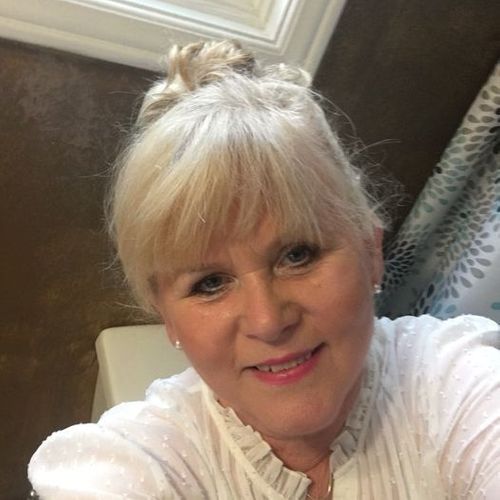

Williams' greatest source of ideas, however, was the extraordinary house in which she spent her teenage years, North Stoneham House, a large, dilapidated mansion set in woodland north of Southampton. Its final volume, The Toymaker's Daughter, was among her finest and most moving creations. Thanks to their uncle, the publisher Stanley Unwin, the twins visited the Alps, which later inspired some of Ursula's most vivid writing, most notably the trilogy that began with The Three Toymakers. To save for a pony they kept goats, selling their milk which they refused to drink themselves. The girls were also keen riders – on hobby horses at first. Letter to Colin Davison, 3 March.Both were enthusiastic Girl Guides, attending some of the movement's first camps, and some of Ursula's early books were collections of stories she had told to her own Brownie pack. Letter to Clive Pearce, 3 November (Private papers).

Andres (Ed.), Something About the Author: Autobiography Series (Vol. Federation of Children's Book Groups, Birmingham, p. In Anne Wood (Ed.), Books for Your Children, 12(2). Grandpapa’s Folly and the Woodworm-Bookworm. The Centre for Children’s Books, Newcastle. Writing for Children (Typescript of talks given in October 1973). The Centre for Children’s Books, Newcastle upon Tyne. The Forgotten Child (Typescript of Speech to Exeter Conference, 14 August 1972). The Burroughs, Hendon: Hendon Library Publication. In Eileen Colwell (Ed.), The Magic Casement. “A First Class Parcel and Other Stories.” Unpublished ms, Williams Family Papers. Letter to Ursula Moray Williams, 5 December. 53–57, by Elaine Moss, Ed., 1986, London: Bodley Head.)

Signal: Approaches to Children’s Books, 5, 56–61. Ursula Moray Williams and Adventures of the Little Wooden Horse. Letter to Girl Guides’ Association, 27 January.

Intent upon Reading: A Critical Appraisal of Modern Fiction for Children. Newcastle: Northumbria Press.įisher, Margery. Through the Magic Door: Ursula Moray Williams, Gobbolino and the Little Wooden Horse.


 0 kommentar(er)
0 kommentar(er)
